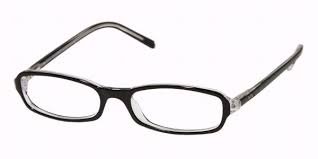Capthead
Guru
- Joined
- Mar 17, 2013
- Messages
- 956
- Location
- USA
- Vessel Name
- Heads Up
- Vessel Make
- Grand Banks 42 Classic
I've seen the videos of using polyurea for explosion blast protection and mitigation. As boat bottom protection on the jet boats blasting over rocks and hard obstacles. Reading about testing in the LA Harbor where no barnacles, clams mussels or animal growth attached to it, but finding a long term report is what I'm after.
I did read a forum thread where a boater rebuilt a lapstrake boat and coated it with polyurea and he reported for three years all was good. Then that was three years ago and I tried to contact him but couldn't.
I thought a six year report should tell the story.
Since the EPA is probably going to ban boating through eliminating bottom paint I was looking at the possibility of polyurea as a real alternative.
Any knowledge in this area? I'm sure there are specific brands more suited than the DIY stuff at Autozone, O'Reilly's or NAPA.
I did read a forum thread where a boater rebuilt a lapstrake boat and coated it with polyurea and he reported for three years all was good. Then that was three years ago and I tried to contact him but couldn't.
I thought a six year report should tell the story.
Since the EPA is probably going to ban boating through eliminating bottom paint I was looking at the possibility of polyurea as a real alternative.
Any knowledge in this area? I'm sure there are specific brands more suited than the DIY stuff at Autozone, O'Reilly's or NAPA.


